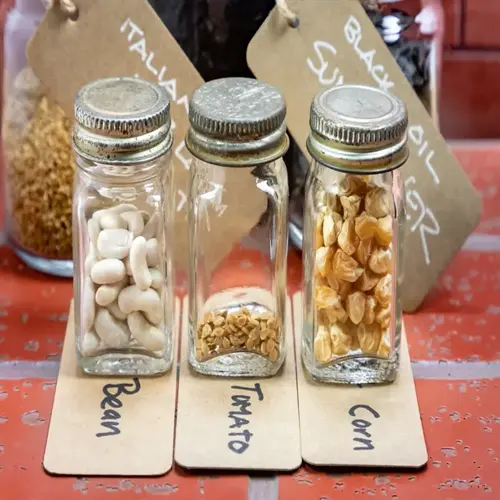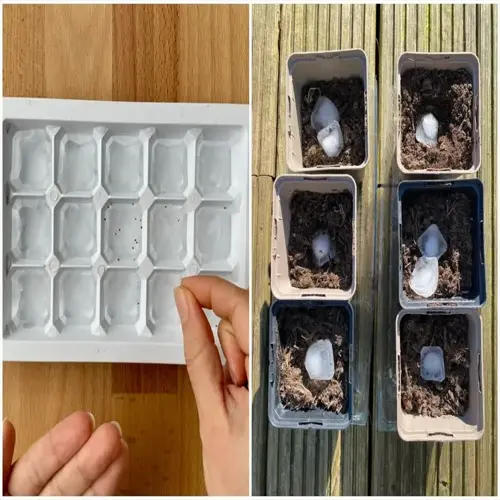How do I recognize a severe mealybug infestation?

Written by
Kiana Okafor
Reviewed by
Prof. Martin Thorne, Ph.D.Detecting a serious mealybug infestation involves seeing a lot of alarming signs beyond one white cluster. Heavy honeydew excretion and plant decline mean advanced stages requiring urgent intervention. Before I noticed several of these critical signs, it was almost too late, and my citrus tree suffered nearly fatal consequences.
Visual Clusters
- Dense white cottony masses on stems
- Colonies covering leaf joints entirely
- Egg masses visible without magnification
Plant Health
- Yellowing leaves dropping prematurely
- Stunted or distorted new growth
- Sticky honeydew on leaves and surfaces
Secondary Signs
- Sooty mold coating leaves black
- Ant trails moving on plants
- Roots coated in white during repotting
Honeydew accumulation is most pronounced in extreme situations. It forms a sugary substance that drips onto furniture or floors beneath the plant. Eventually, it grows mold that covers and blocks the sun, which the plant does not use for photosynthesis. If ants farm the substance, it only makes a mess further because they will protect the mealybug from predators.
Root inspections reveal serious underground infestations.When repotting, check to see if you have small, white, cottony masses coating your root system. These root mealybugs can cause unexplained wilting of your plant, even if you are watering it correctly. My snake plant suddenly collapsed once I realized it had root damage from hidden pests, which I had failed to detect on its surfaces.
Respond with immediate isolation and combination treatments. Separate the affected plants. Initiate systemic insecticides for root issues. Use the alcohol swabs and neem sprays simultaneously. Dispose of plants that show over 90% damage to protect the others.
Avoiding recurrence through strict monitoring. Check plants with a flashlight weekly. Keep humidity levels low. Add predatory beetles after treating. Adopting this approach saved my orchid collection after a major outbreak in the greenhouse.
Read the full article: How to Treat Mealybugs: 10 Proven Methods

